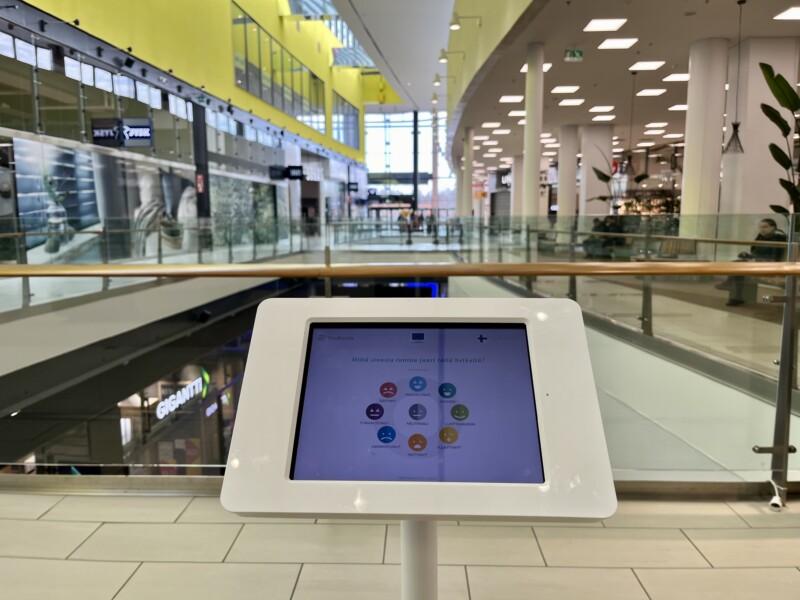Businesses use customer segmentation to group customers and potential customers into categories (segments) based on similar characteristics. Those characteristics can be based on demographics, buying patterns, buying patterns, and even psychological tendencies. Here, we’re going to focus on behavioral segmentation in the customer journey: what it means and how to implement it into your own marketing efforts.
What is Behavioral Segmentation?
Behavioral segmentation can be defined as grouping customers into categories based on how they act when purchasing goods or services. Marketers focus on behavioral segmentation to learn more about how customers buy products, usage habits, and spending habits.
Why Marketers Use Behavioral Segmentation
How customers buy products can play an important role in marketing efforts because strategies can become more personalized and convincing to a customer who’s already considering making a purchase. Knowing how a customer uses your product is also significant because that customer can be targeted with user-generated content that fits their needs exactly. Spending habits determine how much a customer is willing to spend, meaning customers who don’t make a lot of money won’t be targeted for high-end products.
Marketers also use behavioral segmentation for added context in conjunction with other segmentation methods. If, for example, your marketing team is segmenting customers based on demographics and they want to know more about how they go about making purchases, behavioral segmentation can play an important role.
High-income customers are more likely to shop using a company’s app because they have the money to buy a smartphone, whereas a low-income customer might be more inclined to go to the store in person. These two scenarios call for different strategies that aren’t obvious when marketers are only working off how much money a customer makes and where they live.
Metrics that Matter to Behavioral Segmentation
The first step is to determine what behaviors to monitor. There is a good handful to choose from. Some examples are purchasing behavior, the occasion, usage rate, expectations, and loyalty. Let’s look at these more closely.
When monitoring purchase behavior, you want to keep track of how customers are paying for products, what inspired them, and how much they’re buying at once. This all plays a role because customers might be looking for specific deals and coupons, or they simply respond better to certain ads and content.
Here are some examples of segments based on purchase behavior:
- Made purchase after clicking ad on social media, website, or email.
- Bought multiple products at once.
- Used a coupon with purchase.
The occasion should be monitored so those who shop around the holidays are getting specific holiday ads. The truth about the shopping season is that there’s never an actual end to it. For every holiday, there’s a sale to accompany it, which is why you see Christmas stuff out immediately after Halloween; Valentines Day after Christmas; Easter after Valentines Day; you get the picture. Segment leads and customers based on these major holidays or other sales so there’s always a group being targeted year round.
Here are some examples of segments based on the occasion:
- Made previous purchase or reached out on specific holidays.
- Made a purchase on Cyber Monday.
- Made a purchase on Black Friday.
Usage rate can be determined by how many products they’ve previously bought in any given time period, meaning warranties can be advertised. Paying attention to how often a customer uses a specific product or service can play a major role in determining when to send them personalized campaigns. If the data shows that many customers make a purchase every two months, segment those customers and send them an ad as if it were a follow-up.
Here are some examples of segments based on usage rate:
- How often customers buy the same product.
- Customers who respond to cross-selling or up-selling.
Expectations are simply what customers expect out of a product. Sometimes, a product meant for one thing can end up being used for something else. Think twine. Men might use twine for tying things, while women might use it for home decor. If it’s used for tying things, it should be durable; if it’s used for decoration, thickness and color should be prioritized. Learn how customers use products via a survey, segment them, then target them with ads catered to those specific expectations.
Here are some examples of segments based on customer expectations:
- Gender.
- Where they buy your product (Home Depot vs. Michael’s).
- Previous purchases.
Loyalty, like usage, is determined by how often customers make the purchase. This metric, however, is more focused on how products are used and how often they’re purchased on a long-term basis. Loyalty can be broken down by the number of years a customer has consistently bought products from a company. Marketers can target these groups with specific ads that help them keep coming back and that even encourage other customers to keep coming back year after year.
Here are some examples of how to segment customers based on loyalty:
- Choose any given number of years a customer has made consistent purchases with your company.
- Positive interactions with company across other channels like social media (Reviews or recommendations to friends).
After monitoring these behaviors, you want to focus on personalizing the ad campaigns, emails, and products offered based on their purchase history and demographics. The other styles of segmentation provide necessary context to behavioral segmentation and vice versa. Certain customer behaviors can be explained by psychology and specific demographics like career, where they live, age, and if they’re single or married.
The Final Word
Breaking down customers into groups based on their previous interactions is an important way for businesses to understand why their customers act the way they do before, during, and after buying a product. Without implementing a behavioral segmentation strategy, other methods of segmentation such as demographic-based segmentation lack important context that can lead to more personalized customer experiences.
Understanding why some marketers use behavioral segmentation and seeing examples of how to segment customers this way is necessary to understanding how it can play a significant role in the customer journey.
The goal of the customer journey is to get customers through the pipeline as quickly as possible, but that can’t happen if marketing teams are unable to determine what gets a lead or opportunity to finalize a purchase. Segmentation lets these teams categorize leads, opportunities, and previous customers, but focusing on the specific behaviors is necessary for providing personalized experiences, which ultimately improve the overall experience and encourage those same customers to keep coming back.
 About the Author
About the Author
Reuben Yonatan is the CEO @ GetVoIP, a leading VoIP systems comparison guide that connects shoppers with relevant providers.




